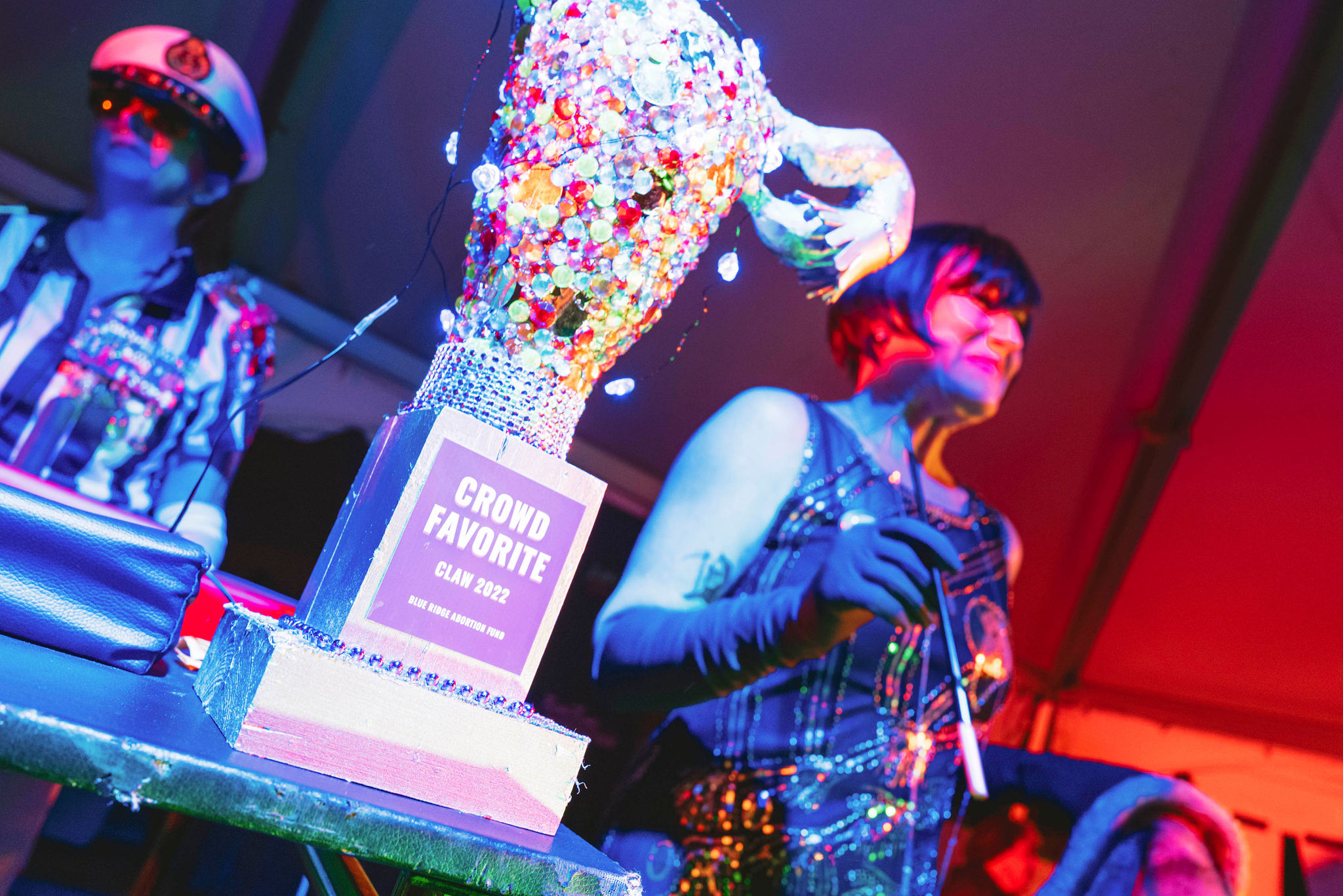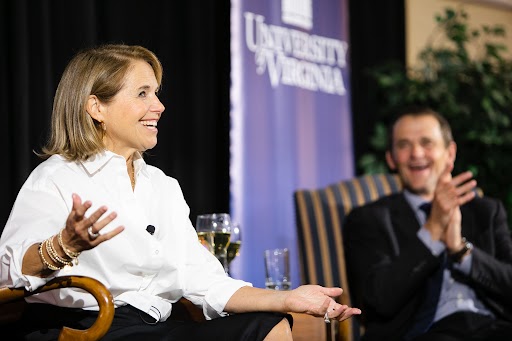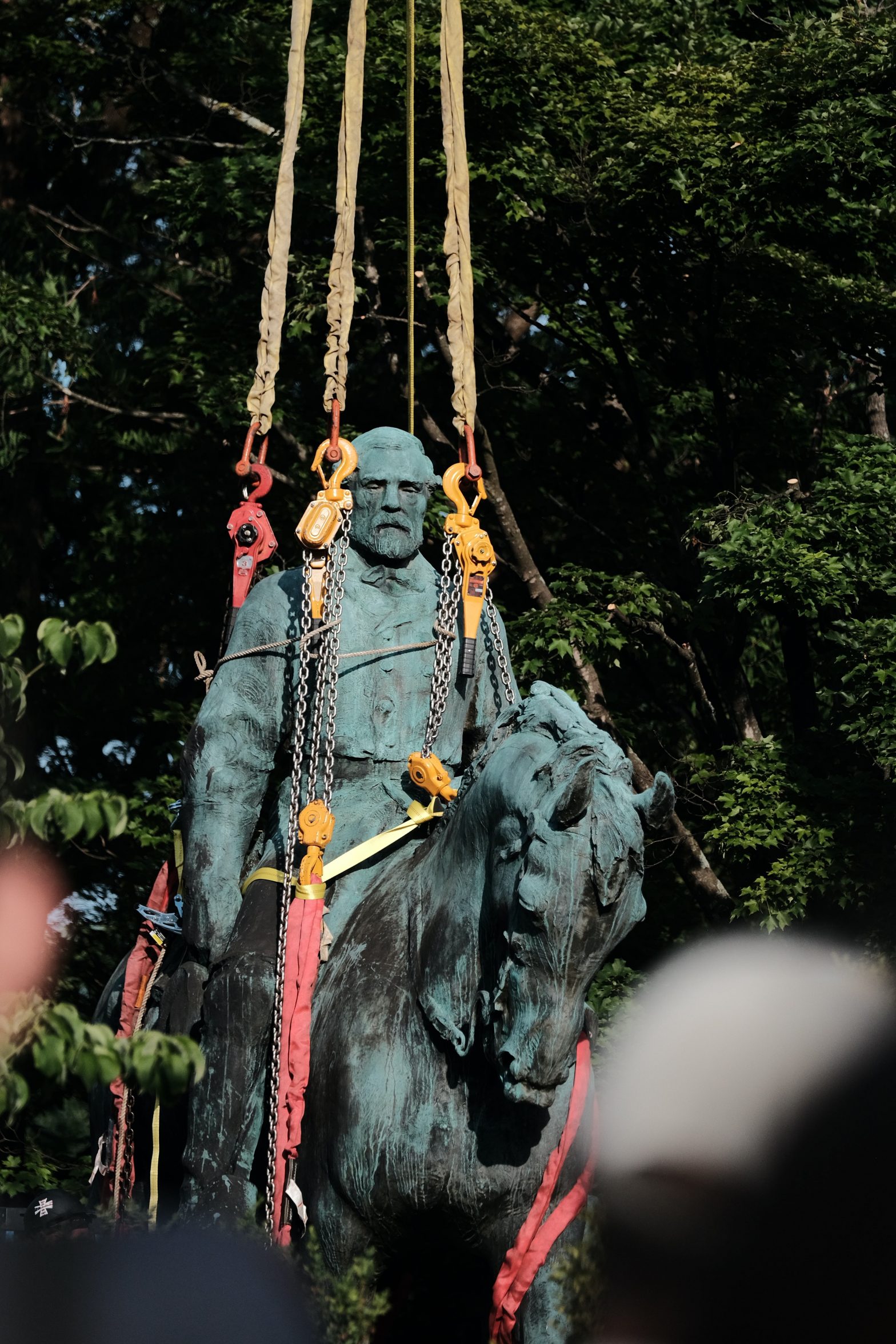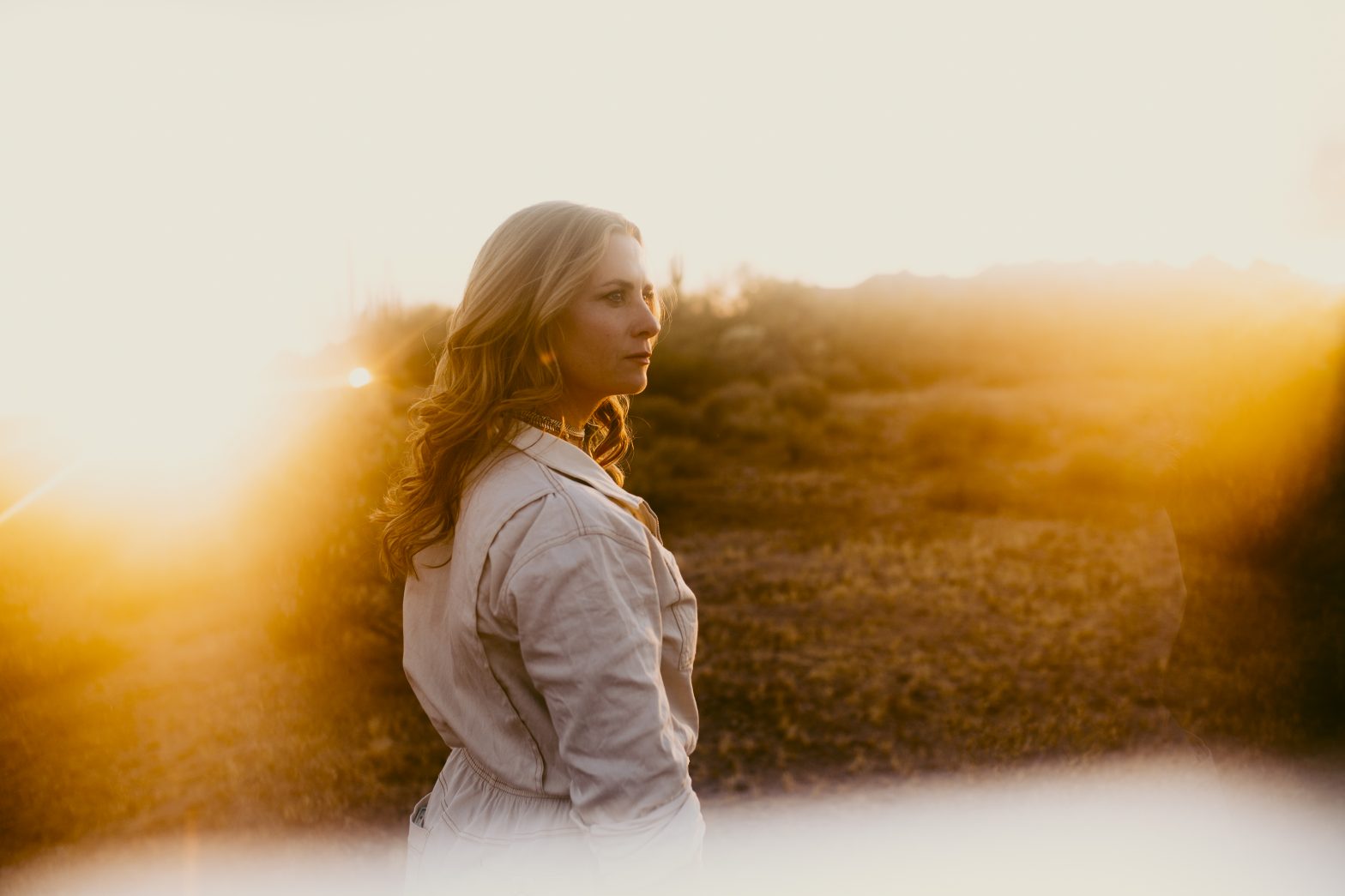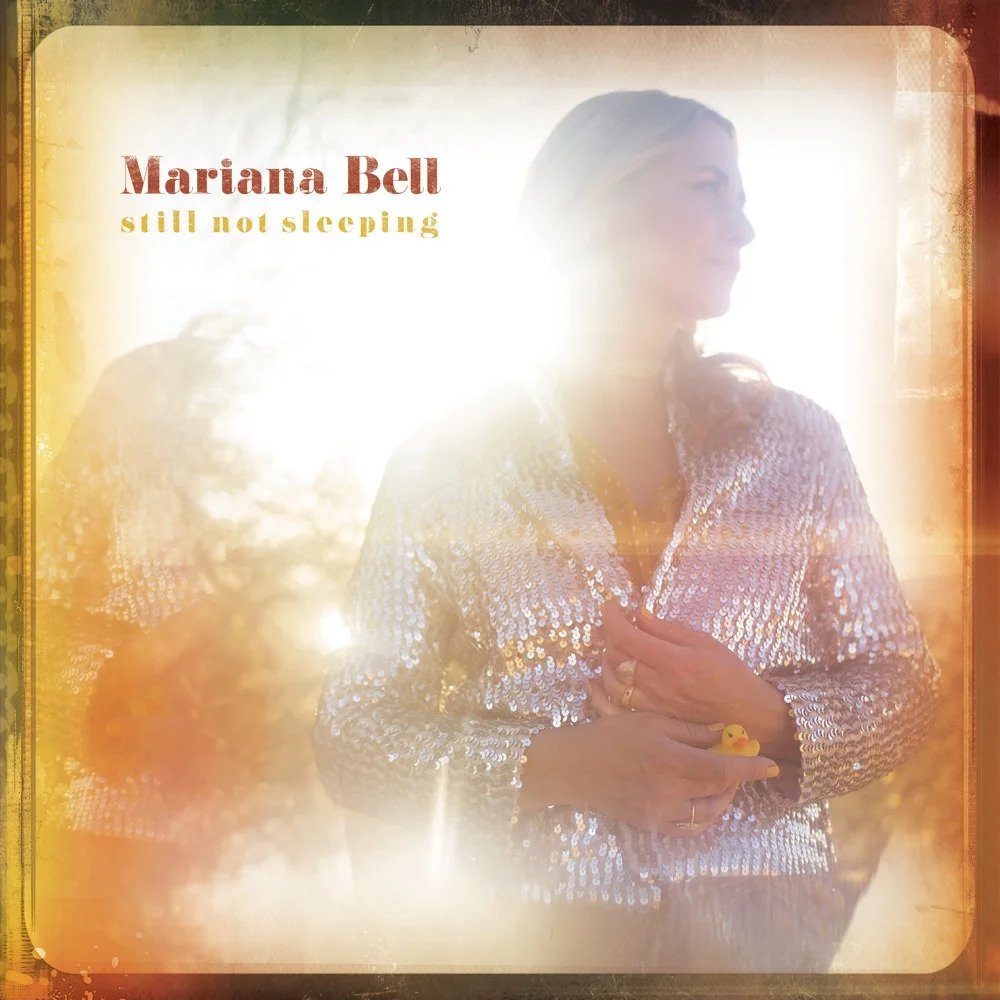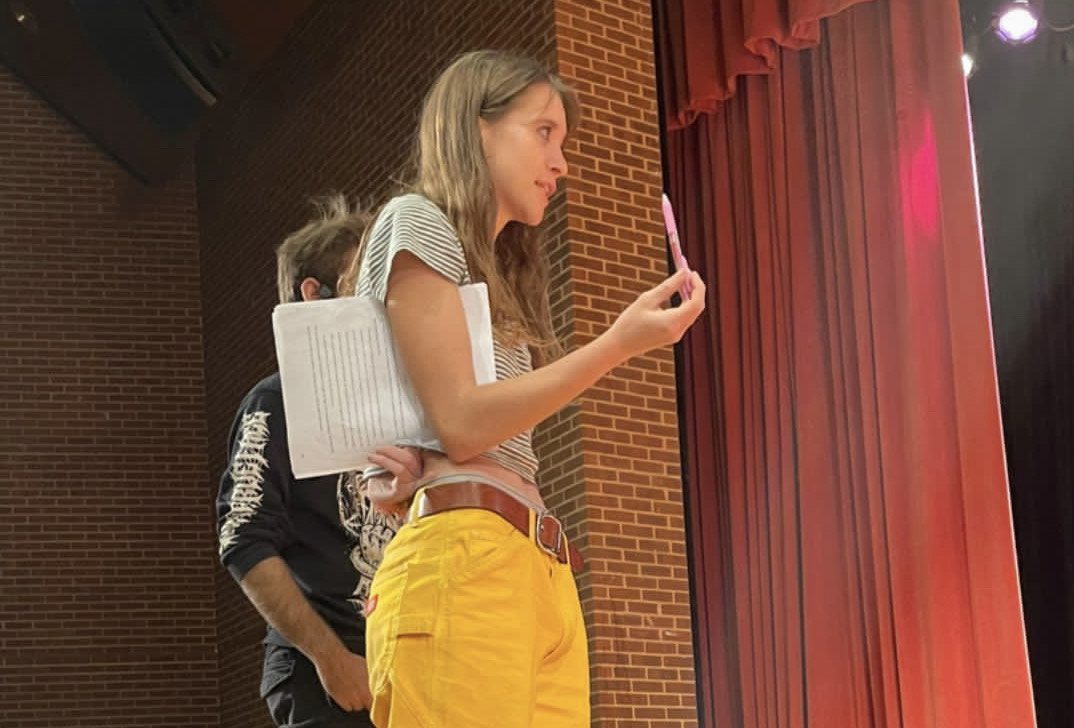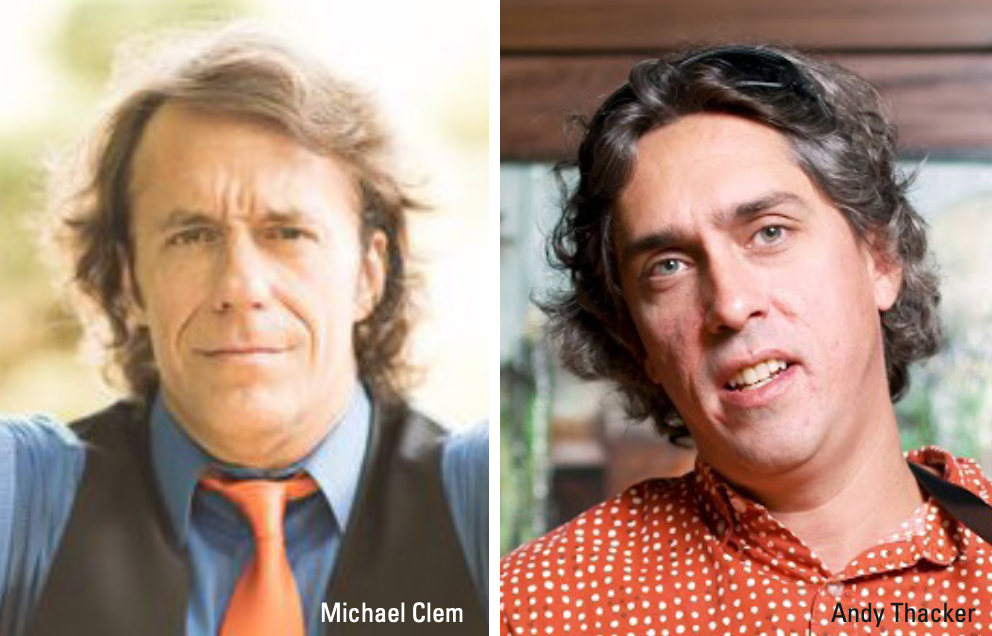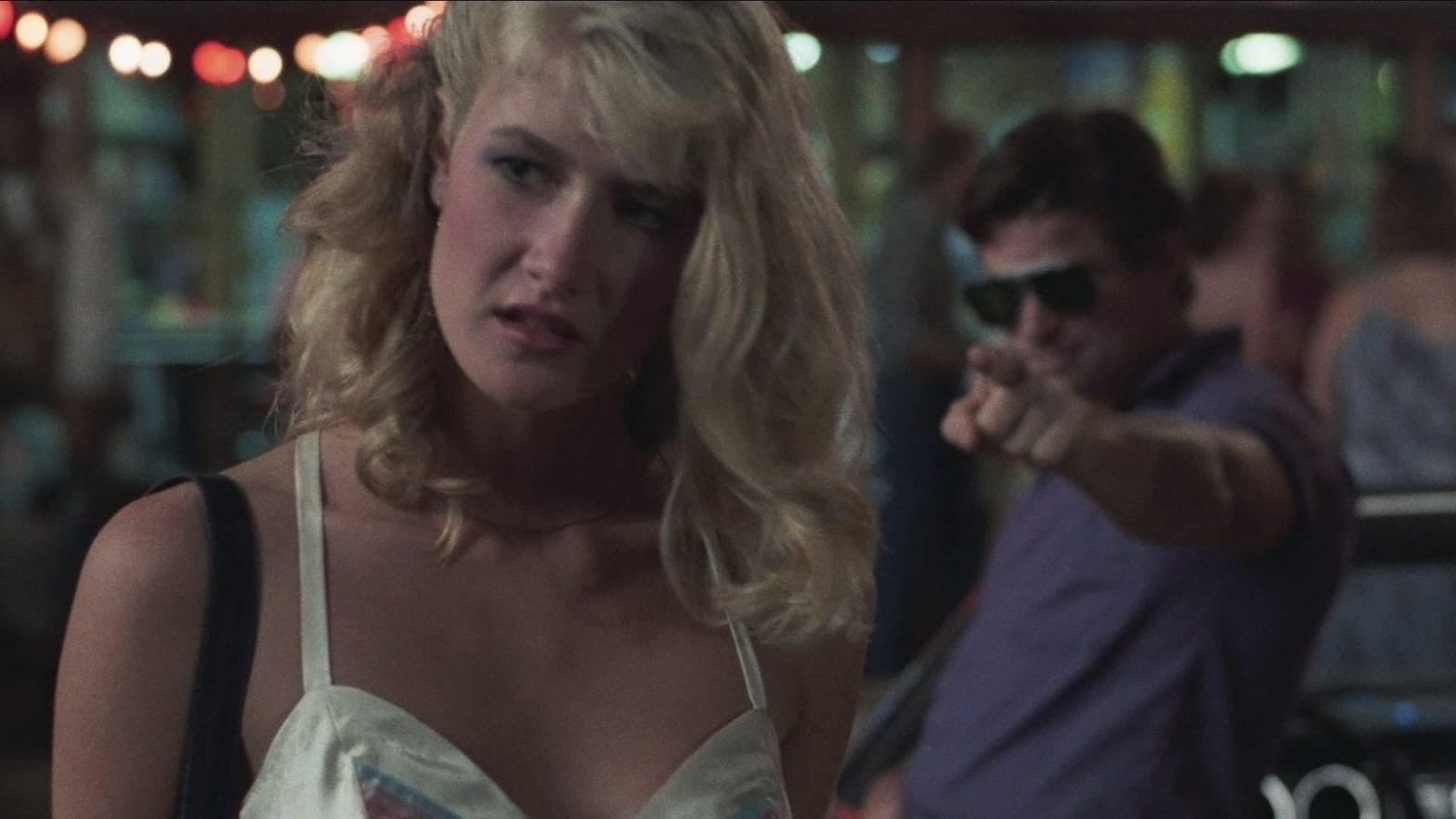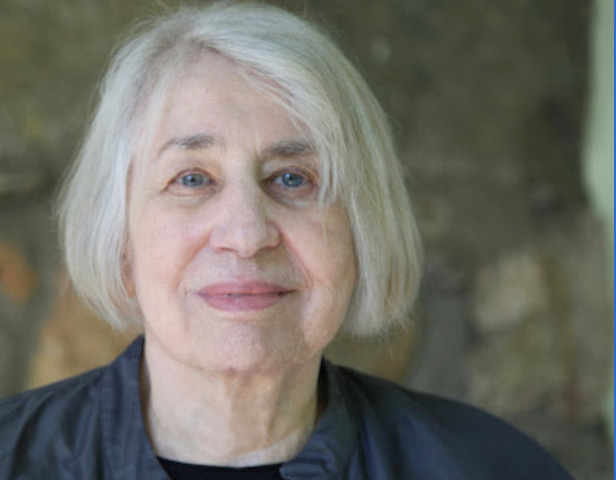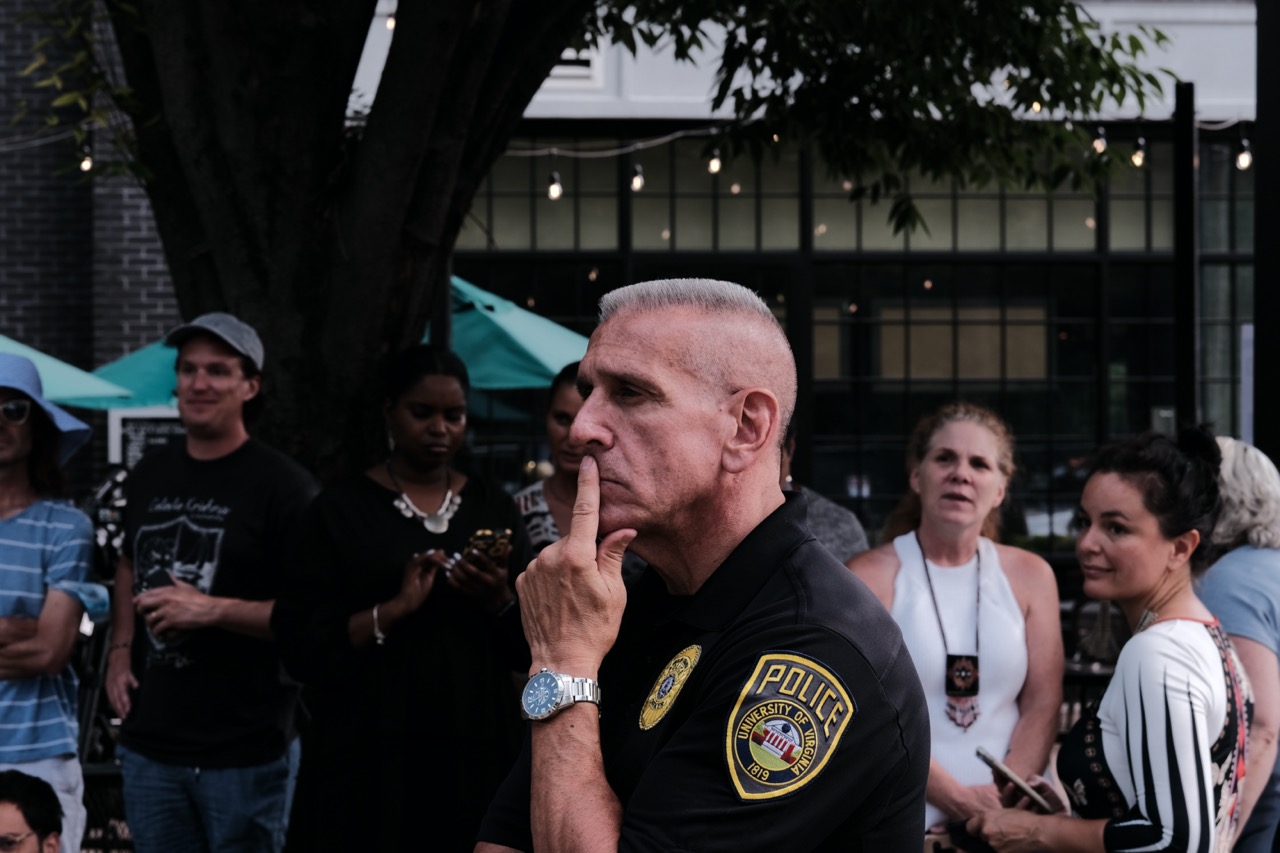In Virginia’s state prisons, just about everything costs money, from phone calls to soap to toilet paper. And because incarcerated people make less than 50 cents per hour, they often rely on their loved ones to help them cover prison’s prohibitive costs, putting many families into debt.
To alleviate the burden these fees put on incarcerated people and their loved ones, a state workgroup recommends the Virginia Department of Corrections offer no-cost phone calls, secure messaging, and video calls; eliminate commissions on commissary sales; reduce deposit fees; and increase its food budget per person, among other reforms, according to a report delivered to the General Assembly on October 1. State lawmakers commissioned the report during this year’s legislative session.
“These fees … are a hidden, regressive tax on the most vulnerable people in our community—83 percent of which are female, and most of them are Black and brown,” says Shawn Weneta, a policy strategist for the ACLU of Virginia. “One in three families goes into debt trying to stay in contact with an incarcerated loved one.”
Implementing the report’s dozen recommendations would cost approximately 2 percent of the VADOC’s $1.4 billion budget. However, the department has rejected most of them, leaving it up to state legislators to pass the reforms.
In addition to formerly incarcerated individuals, family members of incarcerated people, and VADOC employees, the bipartisan workgroup included representatives from ACLU-VA, Sistas in Prison Reform, Worth Rises, and six other advocacy organizations, as well as four state legislators: Del. Patrick Hope, Sen. Jennifer Boysko, and Sen. Barbara Favola (all Democrats), and Republican Del. Mike Cherry.
Under the VADOC’s current business model, incarcerated people pay $0.0409 per minute for phone calls, $4 for a 20-minute video call, $8 for a 50-minute video call, and at least 25 cents per stamp. This is not the case in other states. In Connecticut, phone and video calls and emails are provided at no cost to incarcerated people. And, this year, California passed legislation making prison phone calls free. In Illinois, calls cost about 20 percent of the price of calls in Virginia, though they use the same vendor as the commonwealth, reads the report.
The non-VADOC stakeholders argue that giving incarcerated people free communications would foster stronger parent-child relationships, promote rehabilitation, and reduce recidivism, among other benefits. And it would only cost around $7 million per year—cheaper than many other prison programs.
“Ties to the community and family is one of the greatest indicators of successful re-entry upon release,” says Weneta, who is formerly incarcerated.
“Some of these people are having to pay 35 to 50 cents just to send an email—that’s unconscionable to me,” says Del. Cherry. “The money is there to [offer communication] for free.”
The stakeholders also urge the VADOC to stop collecting a commission—currently 9 percent—on goods sold in prison commissaries, which forces incarcerated people to buy necessities at massively inflated prices. “If you have more than $5 a month, you have to provide everything for yourself. … If you’re earning 23 cents, 27 cents an hour, [you] have to use that,” says Weneta.
Additionally, stakeholders argue, the VADOC should increase its food budget from $2.20 to $4 per day per person and provide healthier meals, which would reduce diet-related diseases among incarcerated people—and, in turn, decrease the department’s spending on prison medical services.
“The biggest single line item in the DOC’s $1.5 billion budget is medical care,” says Weneta. “We have an aging prison population who have been eating these terribly unhealthy meals for decades. … Now you have people struggling with diabetes, cardiovascular disease, all sorts of chronic conditions.”
“I spend $1.20 for [my] cat to eat one meal, and the idea that people who are incarcerated are not getting much more than that is a little bit troubling,” adds Sen. Boysko.
Pushing against a no-cost communications model, the VADOC argues that many incarcerated people “are on the telephone most of the day” under the current toll rate model, causing some to bully or extort others from using the phones. “Unlimited calls can impact the inmate’s motivation to … participate in vital educational and re-entry programming,” reads the VADOC’s response in the report.
Eliminating commissions would provide less funding for services for incarcerated people, claims the VADOC. The department also says that it already serves meals meeting dietary standards, but is working to improve its menu.
“I’m disappointed quite frankly by the DOC,” says Del. Cherry. “They’re taking a stance that they know what’s best and that there are no issues. I don’t think anyone could look at the statistics [and] recommendations of the people that are most closely working with this, and think that everything’s okay.”
The ACLU and other advocacy groups are currently working with lawmakers to introduce bills codifying the stakeholders’ recommendations during the 2023 legislative session. Boysko and Cherry remain optimistic they can get these reforms passed.
There’s an “appetite in Richmond” on both sides of the aisle for increased oversight of the VADOC’s budget, says Cherry. “We’re just hopeful to get things moving in the right direction—and at least advance the conversation, if not the legislation.”
“We have the data to show that these changes are possible,” adds Boysko, “and I’m pledging to continue to work with the DOC to try to realize this.”
A state study on goods and service fees at local jails is currently underway, and due December 1. At Albemarle-Charlottesville Regional Jail, incarcerated people receive hygiene products, feminine products, socks, underwear, and t-shirts free of charge, in addition to three meals per day, according to superintendent Martin Kumer. However, they pay 12 cents per minute for phone calls, 25 cents per minute for video calls, 25 cents per electronic message, $1.00 per video message, and .05 cents per minute for games, movies, and music.
ACRJ collects an 80 percent commission on phone and video calls and entertainment media. Phone commissions go towards the jail’s general operating fund. The jail also collects a 41 percent commission on commissary items, which is “used to pay for cable, programming (UVA Russian Literature Class), substance abuse, and educational staff salaries,” said Kumer in an email.






